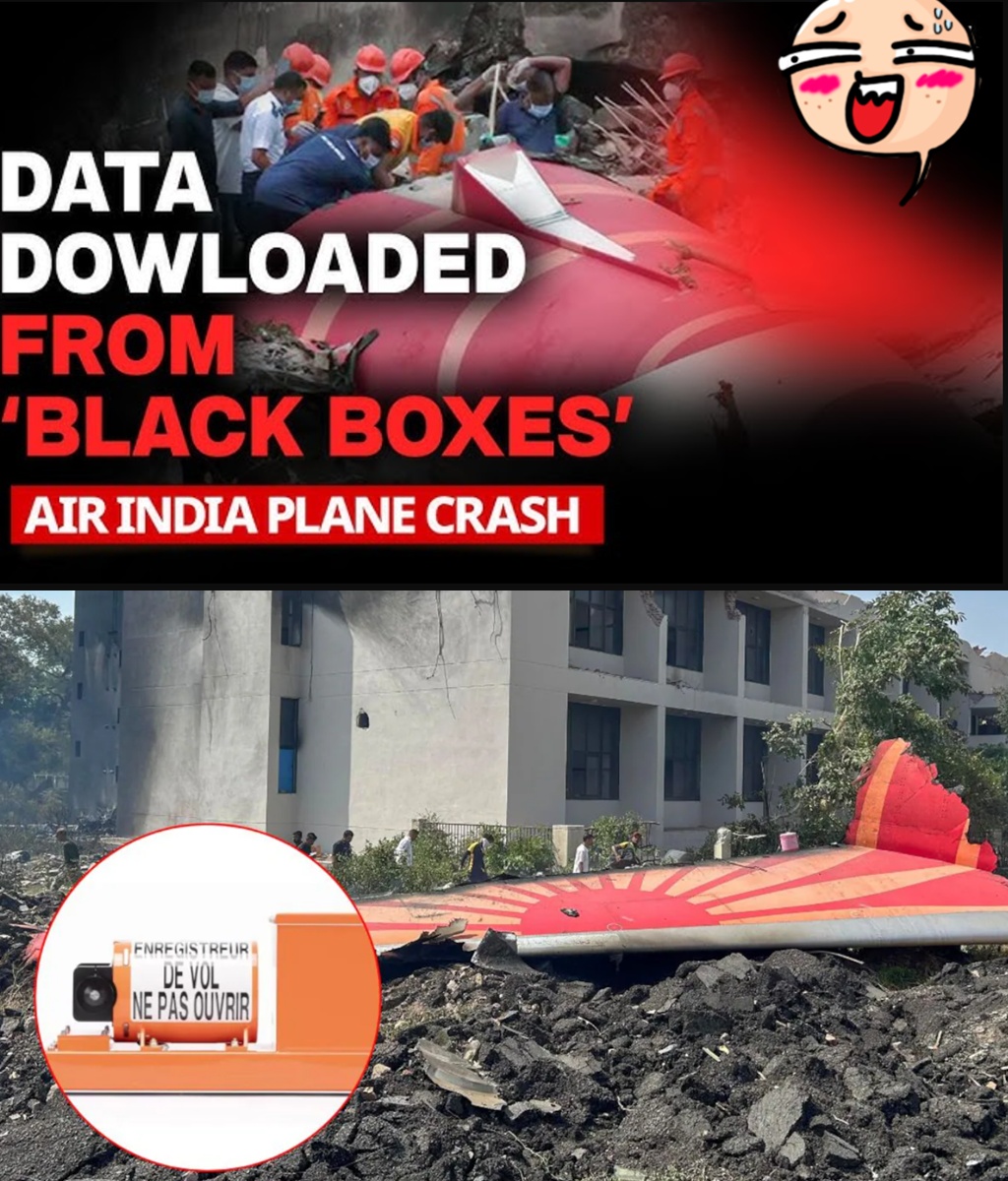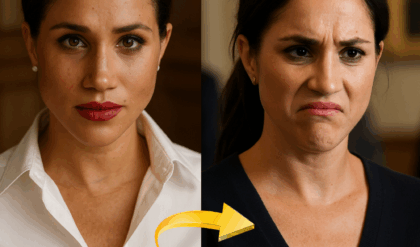BREAKTHROUGH OR COVER-UP?
In a stunning twist in the investigation of the June 12 Air India plane crash, the Indian government announced Thursday that data from the aircraft’s black boxes has been successfully downloaded and is now being analyzed.
The black boxes—comprising the Flight Data Recorder (FDR) and Cockpit Voice Recorder (CVR)—were previously reported to be damaged, leading to widespread concern over whether any usable data could be recovered at all. Now, the sudden declaration of a “successful download” is raising as many questions as it answers.

🔧 WHAT CHANGED?
Initial reports stated that the FDR and CVR may need to be sent abroad for forensic-level data extraction, a move often made when the recording devices are too damaged for local labs to process safely or completely.
Sources told NDTV earlier this week that Indian authorities were considering shipping the devices to the United States or Europe for advanced analysis. But without further explanation, the government has now confirmed the data was recovered—without disclosing whether that analysis took place domestically or internationally.
“This isn’t just a technical update—it’s a critical moment in the timeline of the investigation,” said an aviation expert familiar with the situation.
“And yet, we still don’t know how the data was recovered or what it shows.”
🕵️♂️ SKEPTICISM FROM SAFETY EXPERTS
Veteran aviation analysts like Greg Feith, John Goglia, and Todd Curtis have already raised eyebrows over the lack of transparency in the Air India crash probe. The sudden “success” in recovering black box data only adds fuel to their concerns.
“If both boxes were damaged, how were they able to extract and sync the data?” asked Feith. “Did they split the readouts? If so, that compromises the integrity of the analysis.”
The standard procedure in air crash investigations is to read the FDR and CVR together, as a paired source of synchronized data. Doing so ensures that investigators can connect what the aircraft was doing with what the pilots were saying and experiencing at every moment.
Yet until now, the recorders were believed to be in separate countries—with the FDR reportedly sent to the US and the CVR remaining in India. The government has not clarified whether the two recorders were eventually reunited or analyzed apart.
🚨 WHY THIS MATTERS
The Air India crash is not just a domestic incident—it involves the Boeing 787 Dreamliner, one of the world’s most widely used long-haul aircraft. The outcome of this investigation could have implications far beyond India, potentially affecting over 1,000 Dreamliners currently in operation worldwide.
Moreover, the Indian government’s decision to order inspections of all Air India 787s immediately after the crash suggests that they may have known about technical anomalies or patterns that haven’t been shared with the public or the global aviation community.
“A crash like this demands full transparency, not just press releases,” said Goglia.
“When you keep the details hidden, it looks like you’re protecting something.”
✈️ WHAT’S NEXT?
While officials say the downloaded data is being analyzed, no timeline has been given for when the findings will be made public—or whether a preliminary report will even be released.
Families of victims, aviation professionals, and international safety bodies are watching closely, hoping that the truth will not be lost amid political control, media spin, or bureaucratic silence.
So the key question remains:
If the black boxes were truly damaged, and if global forensic help was needed—how did a “successful download” happen so quickly, and with so little detail?
Breakthrough or cover-up? The world is waiting.
